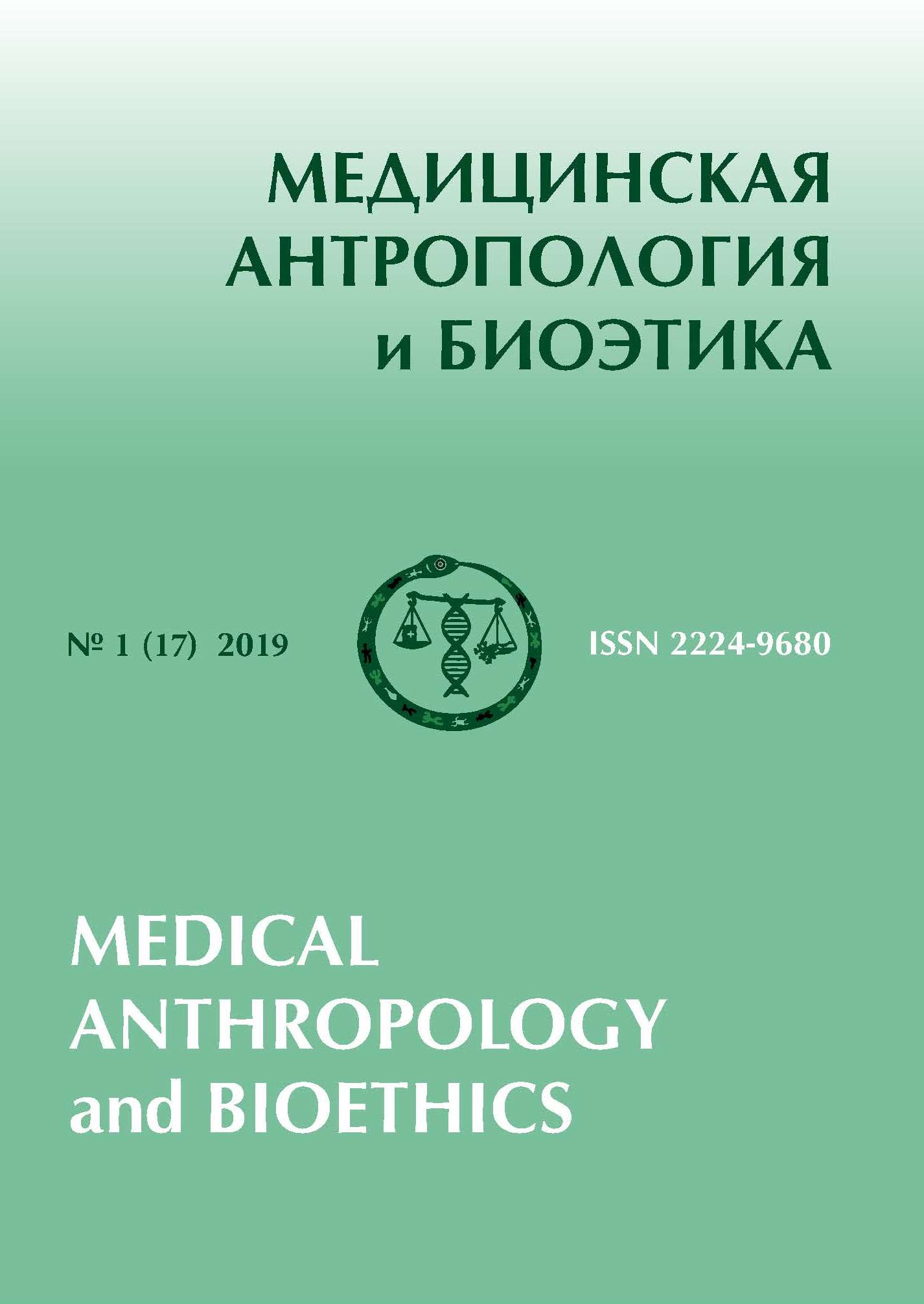Представления о формировании пола в медицинских источниках XIX — начала XX века и народной традиции
DOI: http://doi.org/10.33876/2224-9680/2019-1-17/10
Ключевые слова:
история медицины, традиционная медицина, история акушерства и гинекологии, мифы и суеверия, угадывание пола будущего ребенкаАннотация
В статье рассматриваются магико-мистические и традиционно-религиозные представления о репродуктивных процессах женского организма, оказавшие влияние на научные медицинские знания ХIХ – ХХ вв. в России. Изучаются воззрения специалистов данного периода на формирование пола будущего ребенка.

